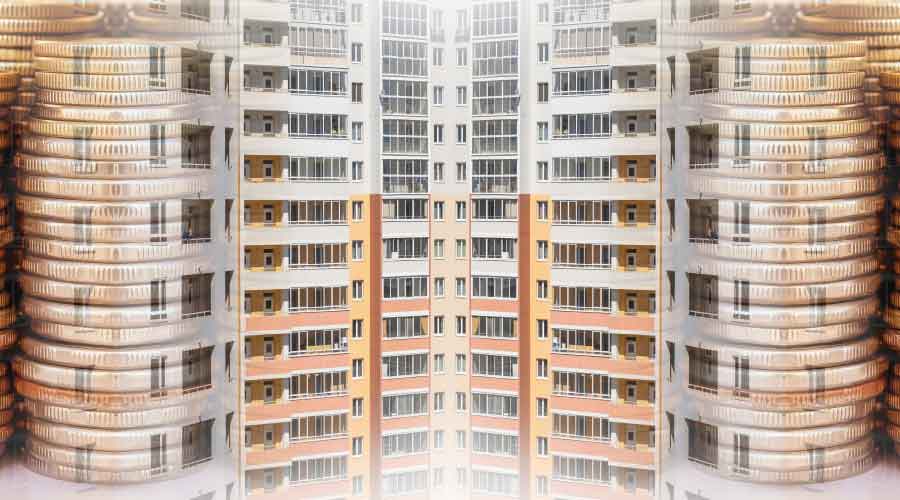The High Price of Rising Building Costs
Here’s how the skilled labor shortage, supply chain issues, and rising material costs can impact several aspects of facility budgeting.
By Austin Koch and Kenneth Travers
Rising building costs can put property and business owners at risk of having gaps in insurance coverage. As the price for materials and labor increases at unprecedented rates due to the pandemic and supply chain issues, it can have a significant impact on insurance because it’s not possible to fix or rebuild property at pre-pandemic values with today’s higher costs. This means a business owner may not be made whole after a loss and could be in jeopardy of significant financial strain. That’s why regular property valuation assessments are vital to ensure adequate limits are in place in case of a loss.
Since the pandemic started, the cost for many building materials has increased, and it’s not just material that’s increased. Construction labor costs also jumped due to labor shortages, consumer demand, supply chain issues, and increases in the frequency and severity of catastrophic events.
The cost for certain building materials has dropped since its peak earlier in 2021. Lumber, for example, went from more than $1,600 per 1,000 board feet in May to $647 in September.
Despite this, industry experts believe the costs will remain higher than in 2020 before the pandemic hit when lumber prices were around $400 per 1,000 board feet. From supply chain shortages to consumer damage due to storms and catastrophic events, many factors are affecting costs in the construction industry. This includes continued COVID-19 restrictions, resultant shipping disruptions and labor shortages in the trucking and longshoreman industries. These longer-lasting impacts on the rise in costs of construction materials could continue through the second half of 2022 and into 2023.
Because construction costs have increased, business owners may not have adequate insurance coverage. Therefore, if a business sustains property damage, they might only have coverage for part of the rebuild due to the higher priced materials. Shortages of skilled and unskilled labor in the roofing, plumbing, and electrical trades are compounding prices and adding to the difficulty in acquiring materials and durable goods. This significantly affects the insurance industry’s response on claims and losses in construction and may hinder business recovery.
The best way to make sure a business is adequately insured is to know the property value. It’s important for business owners to perform regular property valuation assessments, known as insurance-to-value, which can give business and property owners peace of mind after a loss. If there’s a major loss, the coverage amounts in a business’ policy might not be enough to cover replacement costs at today’s prices. Having an accurate assessment of the complete cost to replace the insured property can be the difference between recovering quickly or incurring additional loss from delays in repairs.
Austin Koch is the Property Portfolio Director within Middle & Large Commercial at The Hartford. He has spent his career specializing in complex property underwriting and portfolio management across the country and through multiple industry disciplines. He has closely monitored the cost of materials and labor increases the past several years considering recent global activity.
Kenneth Travers is Technical Manager – Property and Product Specialist for The Hartford. He has more than 43 years of experience in the risk engineering field developing and delivering loss control engineering services and assessment tools for complex businesses with a focus in natural catastrophe, business impact, supply chain and fire protection engineering applications.
Related Topics:












